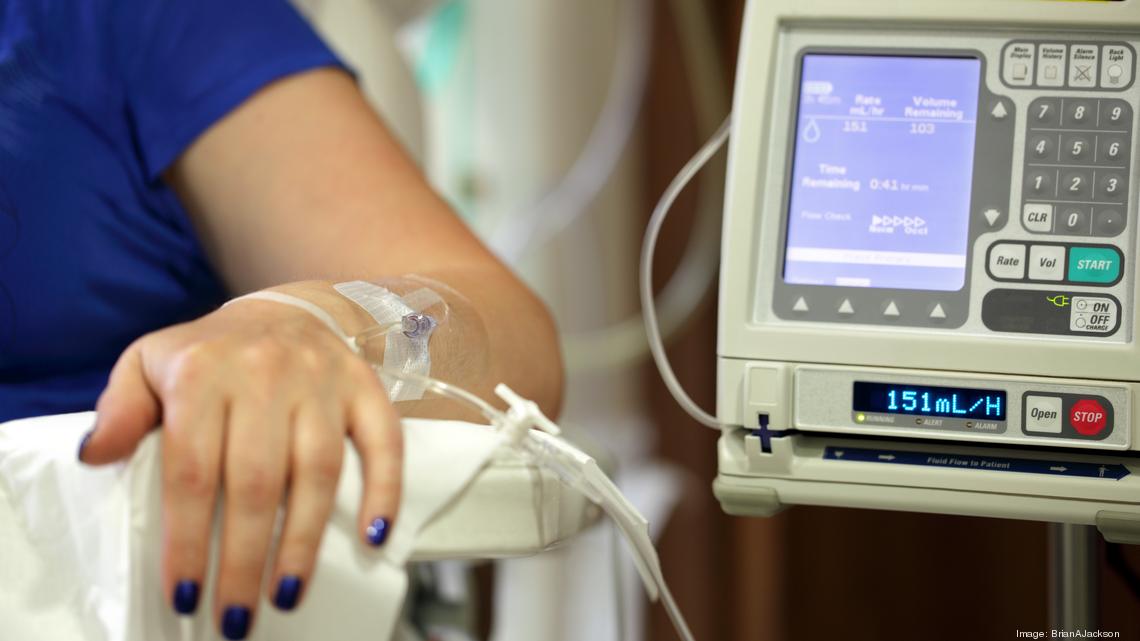Infusion Pump
An external infusion pump is a medical device used to deliver fluids into a patient’s body in a controlled manner. There are many different types of infusion pumps, which are used for a variety of purposes and in a variety of environments.
Infusion pumps may be capable of delivering fluids in large or small amounts, and may be used to deliver nutrients or medications – such as insulin or other hormones, antibiotics, chemotherapy drugs, and pain relievers.
Some infusion pumps are designed mainly for stationary use at a patient’s bedside. Others, called ambulatory infusion pumps, are designed to be portable or wearable.
A number of commonly used infusion pumps are designed for specialized purposes. These include:
- Enteral pump – A pump used to deliver liquid nutrients and medications to a patient’s digestive tract.
- Patient-controlled analgesia (PCA) pump – A pump used to deliver pain medication, which is equipped with a feature that allows patients to self-administer a controlled amount of medication, as needed.
- Insulin pump – A pump typically used to deliver insulin to patients with diabetes. Insulin pumps are frequently used in the home.
Infusion pumps may be powered electrically or mechanically. Different pumps operate in different ways. For example:
- In a syringe pump, fluid is held in the reservoir of a syringe, and a moveable piston controls fluid delivery.
- In an elastomeric pump, fluid is held in a stretchable balloon reservoir, and pressure from the elastic walls of the balloon drives fluid delivery.
- In a peristaltic pump, a set of rollers pinches down on a length of flexible tubing, pushing fluid forward.
- In a multi-channel pump, fluids can be delivered from multiple reservoirs at multiple rates.
- A “smart pump” is equipped with safety features, such as user-alerts that activate when there is a risk of an adverse drug interaction, or when the user sets the pump’s parameters outside of specified safety limits.

